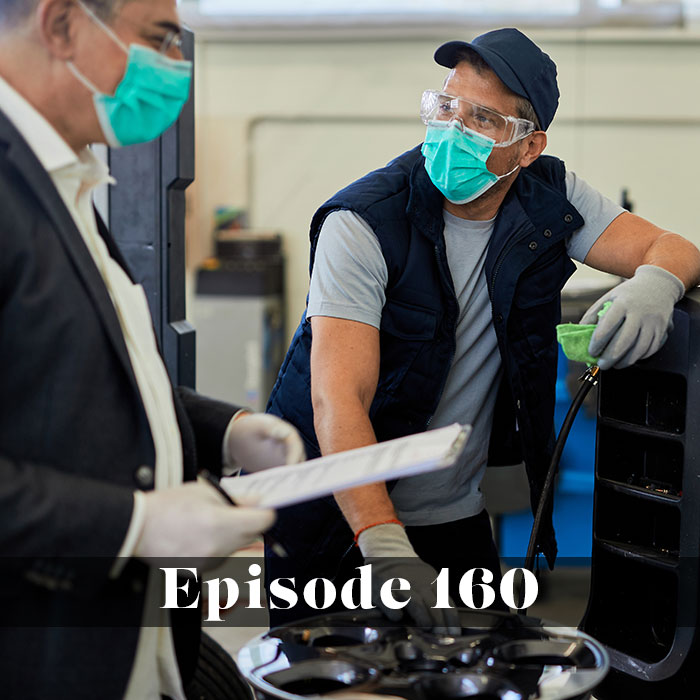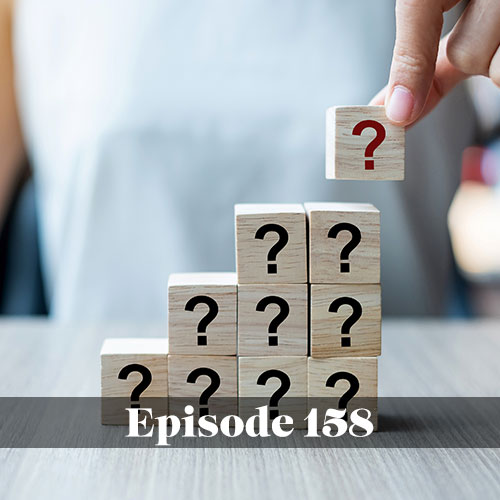This exciting episode is the final installment of the Agile Leadership Series with Diane Egbers of Leadership Excelleration.
The previous two episodes in this series covered the Adventure and Empower components of Agile Leadership. In this episode, host Carole Dorn-Bell and Diane close out the series on Agile Leadership with a discussion on the final component: Orchestrate.
Carole begins the conversation by asking how Agile Leadership plays a role in the transformation of learning.
“When we think about the transformation of learning, what’s at the center is really having collaborative teams that are made up of diverse leaders who are looking at learning in different ways,” Diane says. “So one of the things that makes Agile Leadership important is really leveraging the best from each generation.”
The superpower of Millennials, Diane says, is being adventurers and bringing a lot of resources and capabilities to the table. The second aspect of the Agile Leader inventory, Empower, is what Gen Xers tend to bring.
The final piece, Orchestrate, is a tremendous benefit that Baby Boomers tend to bring to the table.
“The Orchestrate role is really the role that looks systematically at academic improvements—so everything from how you improve specific academics and measure it, and the culture around the culture change that’s needed,” Diane says. “And then the plan to create alignment among all buildings, among building leaders as educators. And then, often, there are teacher leaders involved—so it’s that individual that can really see the whole system for improvement and to Orchestrate a new result.”
How is this executed in practice?
“There’s a part of it that’s execution but an even more significant part that is planned for—so you have to plan for each element of how you create a change,” Diane says. “So when you think about sustaining any deep learning improvement, and let’s say it’s self-directed learning as you might think in an innovation lab, there has to be leadership practices, structure, processes. Talent needs to be developed. Technology needs to be in place. It’s that orchestration of all of the elements that helps to sustain a new way of learning over time that is what the Orchestrate role is all about. And so each generation brings a unique capability to the table that can really be leveraged as we think about being successful and really creating innovative learning opportunities.”
The Orchestrate component is important to Agile Leadership because you know every improvement that happens occurs in a system with a plan. The whole organization can see the strategic intent of the work and be aligned with it. So, an easier way of saying it is, this is the leader often that is really great at sharing the “why.” And when we think about empowering leaders, they’re all focused on the what. So, “what do we need to coach educators to do?”
Carole asks about the knowledge, skills and abilities needed to Orchestrate the work in the teams.
“One of the knowledge areas is really to understand comprehensively what it takes to sustain change,” Diane says. “Thinking about change and design of change is a system. So understanding those vital leadership practices, the structure, the culture, each aspect of the organization that’s going to need to shift to support a change and a new way of learning. Also, orchestrating that effectively with key stakeholder groups, maybe some external organizations that are providing services, and with your board. So orchestrating all of the support for change—and the why of change—with all key stakeholders but also with a plan.”
How can school districts apply this strategy toward higher-performing teams?
Listeners should go to lei-consulting.com for the Agile Leader Inventory.
Got a question or topic you’d like covered in an upcoming We Love Schools podcast? Email us at info@weloveschoolspodcast.com
First time listening to We Love Schools? Learn more about our weekly podcast.
Interested in learning more about how the Allerton Hill Communications team can help your school? Contact us today.






